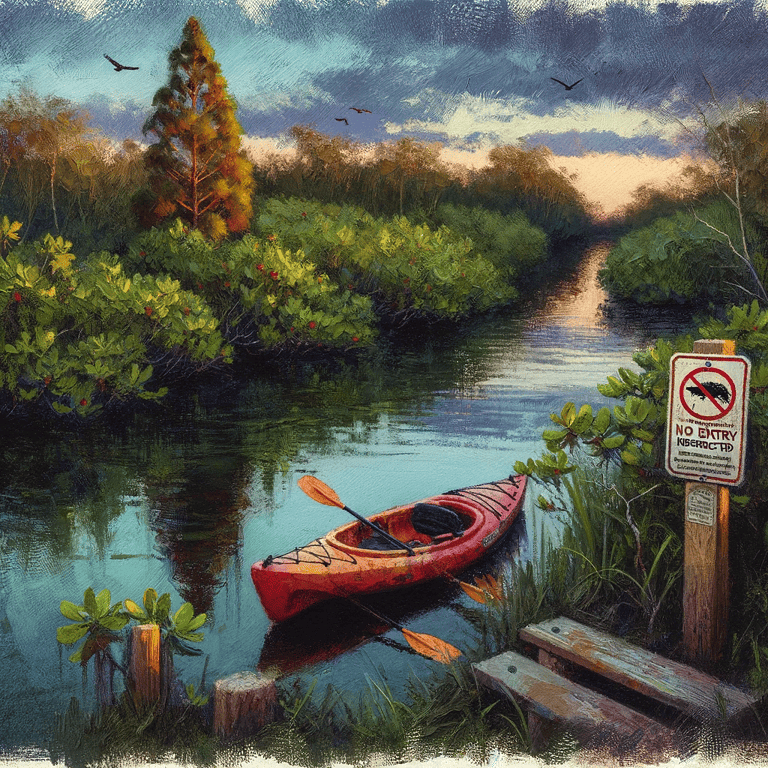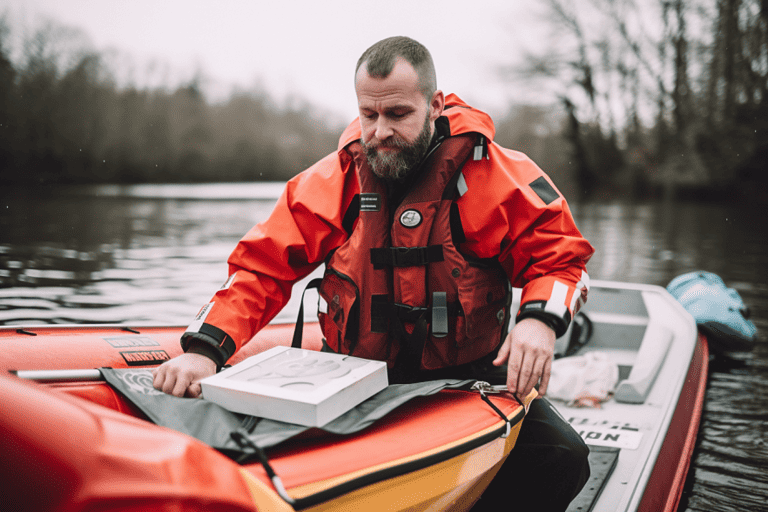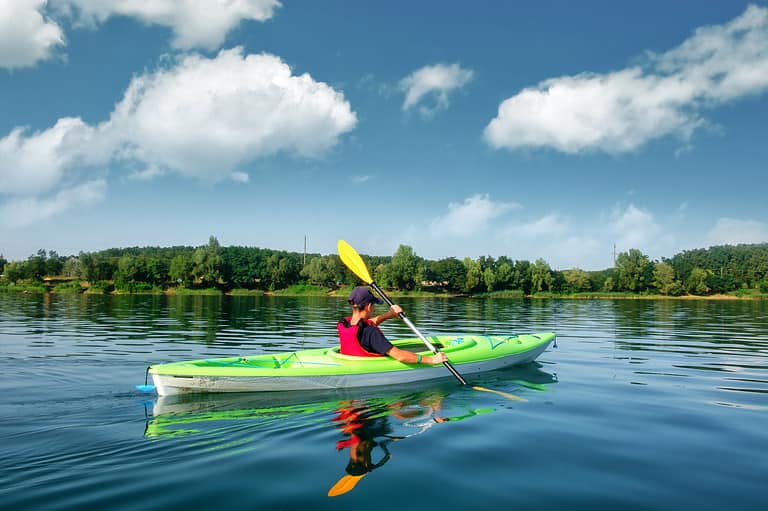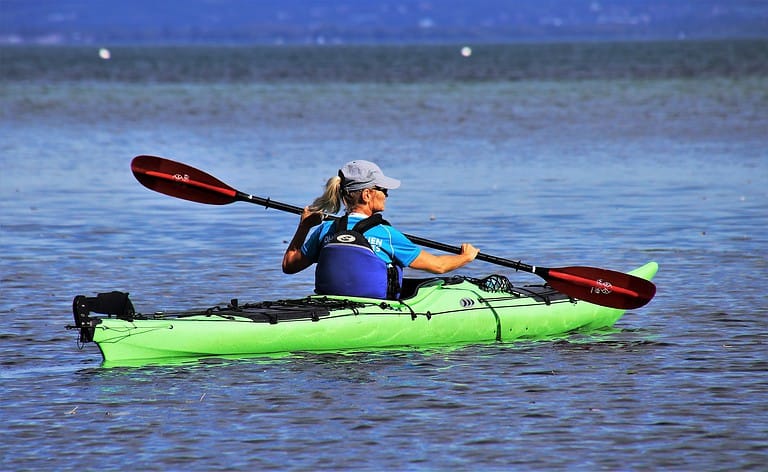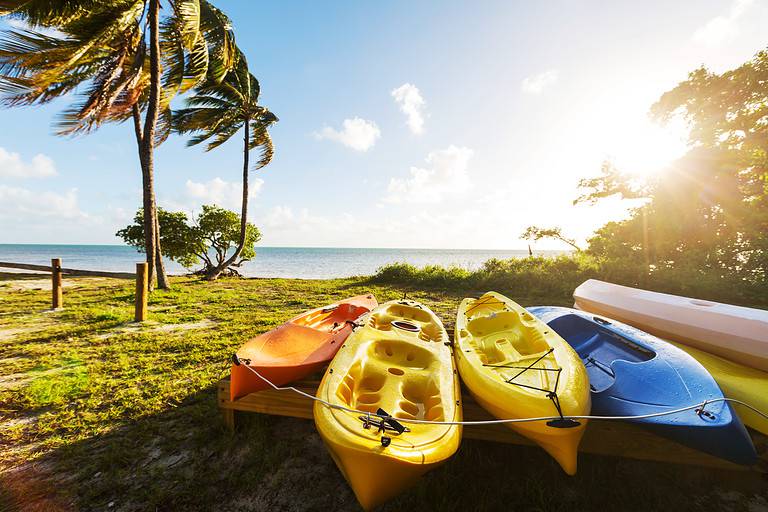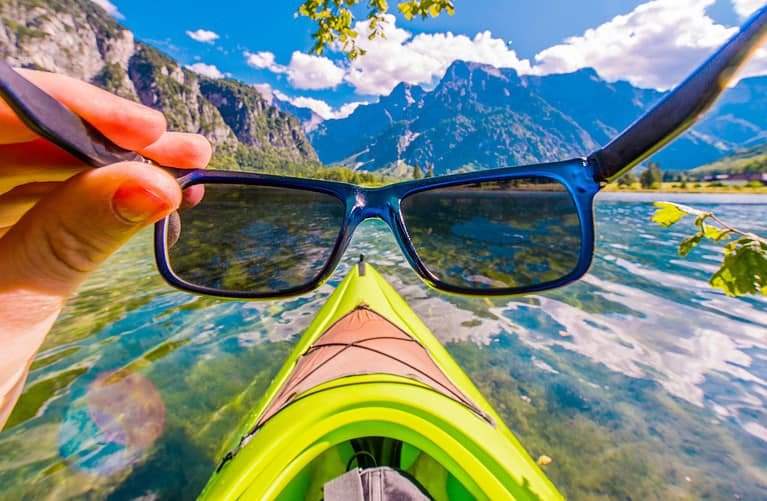How To Prepare For Unexpected Situations In Kayaking
Kayaking is a wonderful outdoor activity that offers amazing views and an incredible sense of freedom. Make sure you are Prepare For Unexpected Situations In Kayaking. But, with the excitement of kayaking comes potential danger. According to the U.S. Coast Guard, 4,168 recreational boating accidents were reported in 2018 alone, resulting in 633 deaths.
To ensure your safety on the water, it’s important to be prepared for unexpected situations while kayaking. In this article, we’ll discuss how you can “Be Emergency Ready” by taking steps such as researching the area, having the right safety equipment, knowing the proper protocol for emergencies, having a backup plan, and utilizing kayaking guides and instructors.
So let’s get started!
Research the Area
Knowing the area you’re kayaking in is essential, so take the time to research it before you go out on the water.
Start by checking the day’s weather conditions and ensure nothing unexpected has been forecasted. Monitor water levels if you plan to paddle a river or stream, as rapid changes can create hazardous conditions.
Assessing any potential hazards in your route is also important, such as finding out if there are areas with more challenging white-water rapids or stretches of open water with choppy waves that can require more experienced navigational skills.
To ensure you’re prepared for any situation during your trip, familiarize yourself with local marine charts and consider downloading an app such as iNavX, which provides real-time navigation information about buoys, aids to navigation, and port plans.
Additionally, learn about the local wildlife – what kind of fish live there, and which birds call this place home? Knowing who else is sharing your space will help you understand how to protect yourself from potentially dangerous encounters.
Planning ahead means identifying dangers quickly and responding appropriately should something go wrong during your kayak session – whether it’s a rip current pulling you into deeper waters or sudden gusts of wind creating choppy waves.
Taking these steps before heading out on the water will help ensure that you’re ready for action no matter what happens!
Have the Right Safety Equipment
We equip ourselves with the right safety gear to stay safe and secure on the water. This includes a life jacket or personal flotation device, an emergency whistle or signaling device, extra paddles in case of breakage or loss, appropriate clothing for changing weather conditions, and a first-aid kit in an emergency.
It’s also important to check tide levels before heading out and to practice rescue drills. Researching the area ahead of time allows us to plan accordingly about safety and know where any hazards may be located. Additionally, it’s important to understand what type of wildlife may be present and how we should interact with them accordingly.
Staying informed helps us prepare for any unexpected situation while kayaking. Taking precautions like these will help ensure a smooth and enjoyable experience on the water.
Know the Proper Protocol for Emergency Situations
We all know that being prepared for any unexpected situation is essential when out on the water. To help ensure safety on our kayaking trips, reviewing safety protocols and assessing risks before heading out is important.
Be aware of the protocols to follow if an unexpected event occurs while you’re out on the water so that you can stay safe and secure. Knowing what protocol to follow in times of emergencies is key. Research your local area’s emergency services, such as police, fire department, or search and rescue teams, and communicate their contact information with your group before setting off.
Have a plan for how you will call for help if necessary – using a cell phone or a flare gun – and practice activating this plan with your group regularly. Additionally, familiarize yourself with additional regulations regarding search and rescue operations in your area, as these may vary from location to location.
An accurate understanding of the risks associated with kayaking within your region so that you are better prepared should an emergency arise. Understand which areas pose a higher risk than others based on weather patterns, tide changes, or river flows; this will help you decide where it’s safe to go and how long it’s safe to stay there.
Finally, be sure everyone in your group knows basic first aid techniques, which could be incredibly useful should someone require medical attention during an expedition.
Have a Backup Plan

When kayaking, it’s important to always have a backup plan in place.
This means designating a meeting place in the event that you and your group become separated and having a communication plan so everyone can stay updated on each other’s plans.
Doing this will help ensure you’re prepared for any unexpected situations and make your kayaking experience go more smoothly.
Designate a Meeting Place
No matter the weather, it’s always a good idea to pick a spot to meet up if you’re out on the water – so everyone can get back together quickly and safely. Before heading out on kayaking trips, communicate your expectations to everyone involved, including what a designated meeting place should look like.
That way, in case of an emergency or unexpected event, arises, you’ll all know where to gather so that no one gets lost or left behind. Establishing an emergency protocol is also key for ensuring safe returns during your kayaking excursions. Having predetermined paths and ways of communicating with each other is great for preventing mishaps before they happen.
Additionally, it’s important to discuss various scenarios and agree upon appropriate responses beforehand; this will help keep everyone organized and well-informed in the face of potential danger.
Have a Communication Plan
Now that we’ve discussed designating a meeting place in case of an emergency, it’s important also to have a communication plan.
We need to practice signaling with whistle blasts or flares and consider bringing radios that can stay charged and are equipped with NOAA weather. This way, if one person gets separated from the group, they can still communicate their location and secure help if needed.
All kayakers need to know what each signal means so they can easily recognize them in an emergency.
Utilize Kayaking Guides and Instructors
Don’t get caught off-guard! Get the help of an expert guide or instructor to ensure you’re fully prepared for anything that comes your way on the water. Utilizing a kayaking guide or instructor is the best way to ensure you and your group are emergency ready. They can provide advice, leadership, and guidance in any situation. Here are four benefits of utilizing a kayaking guide or instructor:
- Developed skills: A professional guide will have years of expertise in navigating waterways and understanding basic safety protocols. This can be invaluable knowledge when unexpected situations arise out on the water.
- Practice safe techniques: Guides will also demonstrate proper paddling techniques so you can practice safe maneuvers while building confidence in yourself and your abilities.
- Knowledge of local area: Hiring a local guide means they’ll have extensive knowledge of the local waterways and hazards encountered during your trip, such as rocks, rapids, and wildlife hazards unique to certain areas.
- Emergency preparedness: Lastly, hiring a kayaking guide provides peace of mind knowing you’re with someone who has experience dealing with emergencies on the water if needed.
By following these tips, you can be sure to stay safe while still having an enjoyable time out on the water! From practicing emergency drills to understanding safety protocols like wearing a life jacket at all times, hiring a professional kayaking guide is one surefire way to be prepared for whatever surprises come your way while exploring nature’s waters!
Frequently Asked Questions
What is the best type of kayak for different water conditions?
We’ve been there – standing on the shore, nervously eyeing the river’s unpredictable levels and learning curves. The wrong kayak choice could mean disaster!
So, what’s the best type of kayak for different water conditions? We’ve dedicated countless hours to researching and analyzing the data, and our conclusion is simple: it depends. From whitewater rapids to gentler meandering streams, every waterway has unique characteristics requiring a specific type of boat.
If you’re looking for an all-around boat that can handle a wide range of conditions – from flatwater lakes to Class IV rapids – we suggest investing in a high-quality inflatable or sit-on-top kayak that offers excellent stability and maneuverability.
How do I choose the correct safety equipment for kayaking?
When choosing safety equipment for kayaking, it’s important to consider the type of activity you’ll be doing and the environment you’ll be in.
Buoyancy aids are essential for keeping afloat if you capsize or fall out of your kayak and should always be worn when paddling.
Wet suits also provide extra insulation in colder water temperatures, helping prevent hypothermia.
Additionally, a helmet can offer protection from potential collisions with rocks or other objects in the water.
When selecting any safety gear, ensure it’s certified by an accredited body and fits correctly.
What is the best gear for first-time kayakers?
We know that as first-time kayakers, having the right gear is essential.
From a kayak storage system to a paddle technique, here are the best items for your first outing.
Kayak storage is key; it’s important to ensure you have something sturdy and reliable to accommodate your vessel safely.
Investing in a good set of paddles will also help ensure proper technique to maximize efficiency and avoid straining your arms or back muscles.
As a bonus, many paddles come with adjustable length options, allowing you to find the perfect fit for your size and skill level.
With these two elements in place, newbies can be confident they’re ready for their maiden voyage on the water!
How do I find kayaking guides and instructors in my area?
Finding kayaking instructors and guides can be daunting, especially when starting. Fortunately, there are many local clubs and organizations to turn to for help.
Many of these offer a wide range of services, from basic instruction to more advanced lessons, so do your research before choosing the right instructor or guide for your needs.
Attend a few kayaking events in your area and talk to members of the community who have experience with instructors and guides. Don’t be afraid to ask questions about their qualifications or what kind of instruction they provide.
You can also search online for local kayaking instructors or look up reviews of those in your area on websites such as Yelp. With a little bit of searching, you should be able to find an experienced instructor that suits your needs!
What is the best way to practice kayaking safety techniques?
The best way to practice kayaking safety techniques is to always check the weather before heading out, be mindful of changing conditions, and store our gear properly.
We should also make sure we’re familiar with our boat and know how to swim. By checking the weather ahead of time, we can plan accordingly for any potential storms or high winds that may be coming. This will help us ensure that we’re as prepared as possible for unexpected situations in kayaking.
Additionally, it’s important to pay attention to any changes in conditions while on the water to react quickly if necessary. Finally, properly storing our gear will help protect it from damage and increase its longevity.
Following these simple steps will help us stay safe and be better prepared for any unexpected situations in kayaking.
Conclusion
We’ve explored how to be prepared for emergencies while kayaking. Now you’re ready to go out and confidently take on the water!
As a kayaker, it’s important to remember that safety comes first. By researching the area, having the right safety equipment, knowing the proper protocol for emergencies, and having a backup plan – you can stay prepared for whatever nature throws your way.
Are you ready to challenge yourself on the water? With the right preparation and mindset, you’ve got all the tools necessary for a successful adventure.


